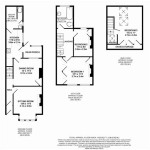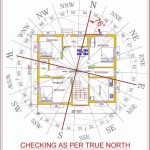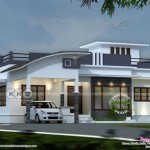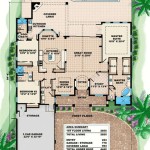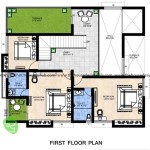Essential Aspects of Building Addition To House Plans
Expanding your living space with a building addition can be a transformative endeavor. However, it's crucial to carefully plan and consider the essential aspects to ensure a successful project. Here are some key factors to keep in mind:
1. Purpose and Function
Determine the primary reason for adding to your house. Whether you need extra bedrooms, a home office, or a larger living area, clearly defining the purpose will guide the design and layout of the addition.
2. Design and Style
Consider the architectural style of your existing home and aim for a cohesive and harmonious design. The addition should complement the overall aesthetics, whether it's traditional, modern, or somewhere in between.
3. Zoning and Building Codes
Check with your local building department to ensure the addition complies with zoning laws and building codes. Obtain the necessary permits and inspections to avoid costly delays or fines.
4. Site Location and Orientation
Choose the best location for the addition based on sunlight exposure, access to utilities, and impact on the existing landscape. Pay attention to the orientation of the addition to maximize natural light and energy efficiency.
5. Floor Plan and Layout
Plan a functional floor plan that flows seamlessly with the existing house. Consider traffic flow, room sizes, and the placement of windows and doors for optimal natural light and ventilation.
6. Building Materials and Finishes
Select durable and weather-resistant materials that align with the style and purpose of the addition. Consider insulation, energy efficiency, and maintenance requirements for windows, siding, and roofing.
7. Mechanical, Electrical, and Plumbing Systems
Properly integrate the addition with the existing house's mechanical, electrical, and plumbing systems. Ensure sufficient capacity and functionality to support the new space, including heating, cooling, lighting, and water supply.
8. Landscaping and Outdoor Spaces
Plan a cohesive outdoor space that connects the addition to the surrounding yard. Consider walkways, patios, decks, and landscaping to extend your living area outdoors.
9. Budget and Timeline
Establish a realistic budget and timeline to avoid financial and schedule overruns. Factor in labor costs, materials, permits, and unforeseen expenses. Regular communication with the contractor is crucial for staying on track.
10. Contractor Selection
Choose a reputable contractor with experience in residential additions. Verify their credentials, references, and insurance coverage. Strong communication skills and a track record of quality workmanship are essential.
By carefully considering these essential aspects, you can transform your house into a space that perfectly meets your needs and enhances your quality of life.

Important Considerations When Building A Home Addition The House Designers

Great Room Addition Plan Post And Beam Barn Style Homes Plans Home Bedroom

A Sweet Master Suite Addition

Additions Finish Werks

Home Additions Remodels Documents Needed

Independent Living Home Addition Building Plans Plan 1

Home Addition Plan 6236

Home Addition Plans Room Blueprint Garage Floor Plan

2nd Floor Home Addition Plans Ideas Ranch Second Story Pictures House South Brick Beach

What S The Right Size For A Home Addition Not Too Big And Small

